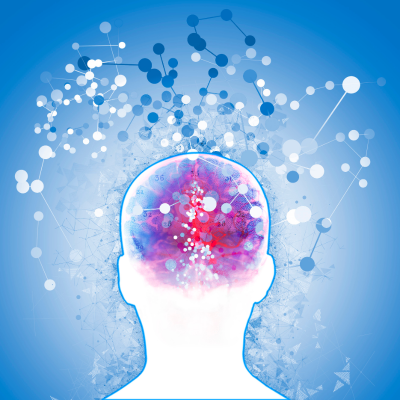Trauma leaves more than emotional scars—it physically alters the brain. For many survivors, traditional talk therapy and medication don’t fully address the underlying neurological changes caused by traumatic experiences. That’s where neurofeedback comes in—a promising, science-backed approach that helps the brain heal from the inside out.
In this post, we’ll explore how neurofeedback works, why it’s effective for trauma recovery, and what you can expect from the process.
What Is Neurofeedback?
Neurofeedback, also known as EEG biofeedback, is a non-invasive therapy that uses real-time displays of brain activity—measured through sensors placed on the scalp—to teach the brain how to function more effectively. Think of it as a workout for your brain, where it learns to regulate itself better over time.
The process involves watching a screen or listening to audio that changes based on your brainwaves. When your brain produces healthier patterns, you get positive feedback. Over time, your brain learns to “self-correct” and stay in more balanced, regulated states.
How Trauma Affects the Brain
Trauma can cause the brain to become stuck in survival mode. This often leads to:
-
Hypervigilance (constantly on alert)
-
Dissociation or emotional numbness
-
Sleep disturbances
-
Mood swings and anxiety
-
Difficulty concentrating
These symptoms are linked to dysregulation in brainwave activity. Areas like the amygdala (responsible for fear and threat response) and prefrontal cortex (involved in reasoning and decision-making) can become imbalanced, making it hard for survivors to feel safe or grounded, even long after the trauma.
How Neurofeedback Supports Trauma Recovery
Neurofeedback aims to rewire those imbalances. Here’s how it helps:
1. Regulates the Nervous System
By encouraging more balanced brainwave activity, neurofeedback calms overactive stress responses and helps the nervous system shift out of fight-or-flight mode.
2. Improves Emotional Regulation
Trauma often disrupts emotional processing. Neurofeedback can support more stable moods and reduce reactivity by strengthening the brain’s capacity for self-regulation.
3. Restores Sleep Patterns
Many people report better sleep after neurofeedback sessions, which is a crucial foundation for mental health and trauma healing.
4. Enhances Focus and Mental Clarity
As the brain learns to function more efficiently, issues like brain fog, poor concentration, and memory lapses often improve.
What a Neurofeedback Session Is Like
Sessions are typically 30–60 minutes. You’ll sit in a comfortable chair with sensors attached to your scalp (no pain, no electricity going into your brain). While watching a screen or listening to sounds, your brain’s activity is monitored. When your brain moves toward healthier patterns, the visuals or sounds will reward it.
Most people require multiple sessions (often 20–40) to see lasting change. Improvements can begin after just a few sessions, depending on the individual and the severity of trauma.
Neurofeedback Is Not a Cure-All—But It’s a Powerful Tool
Neurofeedback isn’t a magic fix or a standalone cure. But when combined with other trauma-informed approaches—like therapy, EMDR, mindfulness, or body-based modalities—it can significantly enhance recovery.
The brain is remarkably adaptable. With the right support, it can change. Neurofeedback offers a window into that change—helping trauma survivors not only cope but truly heal.
Final Thoughts
Healing from trauma is a journey, and every person’s path looks different. If you’ve tried other approaches without success, or if you feel stuck in your recovery, neurofeedback might be worth exploring.
It’s not just about reducing symptoms. It’s about restoring a sense of safety, connection, and possibility—from the inside out.

